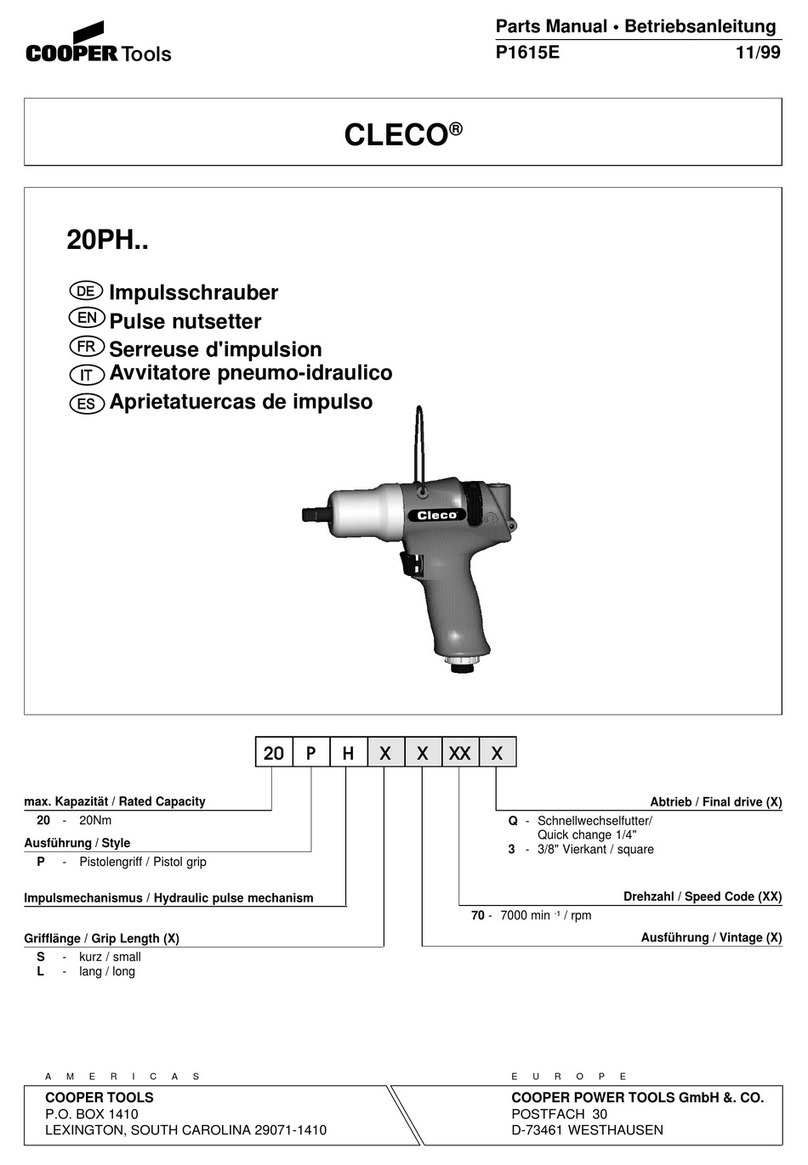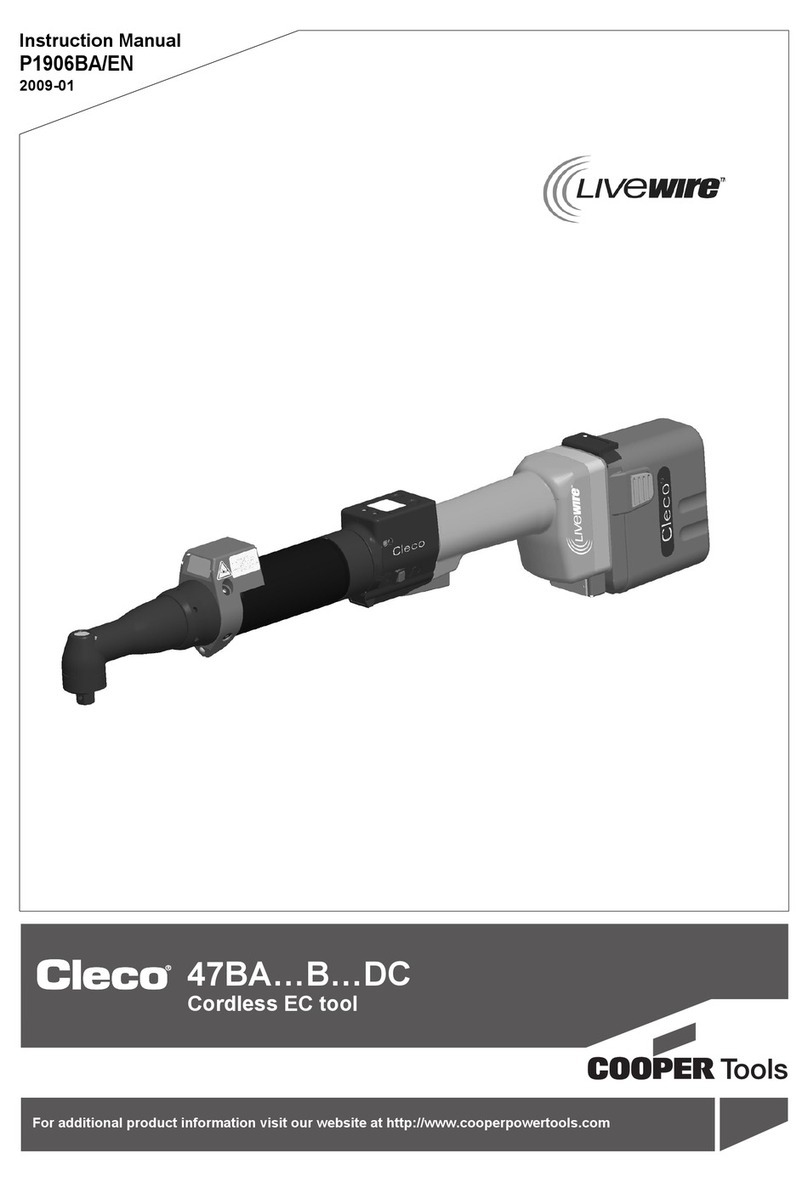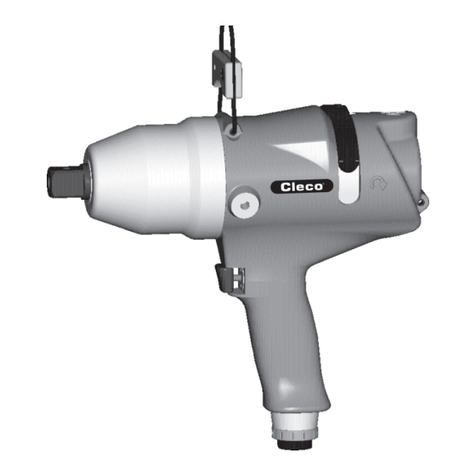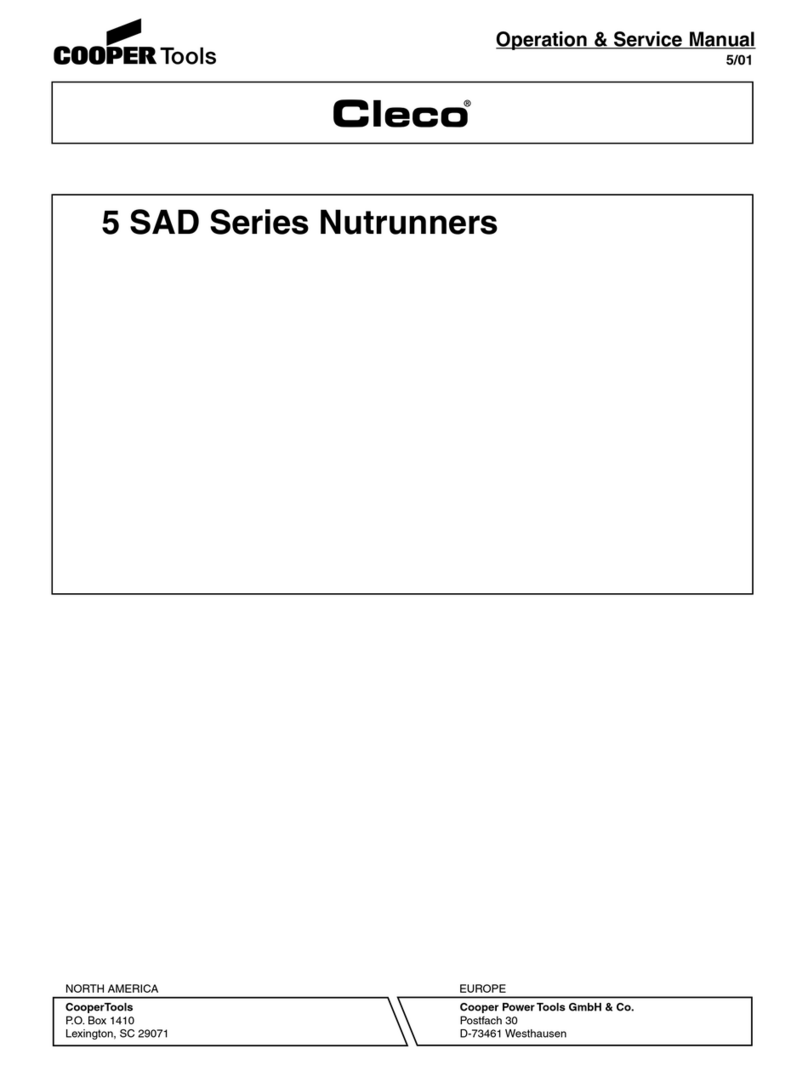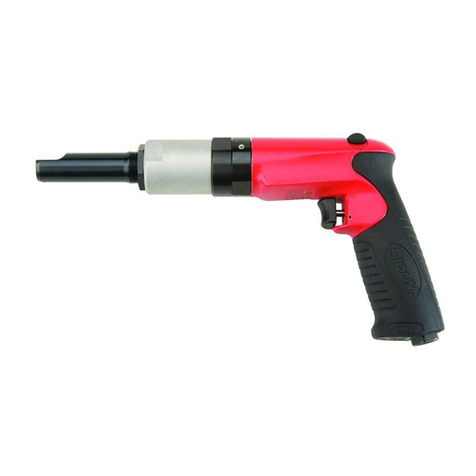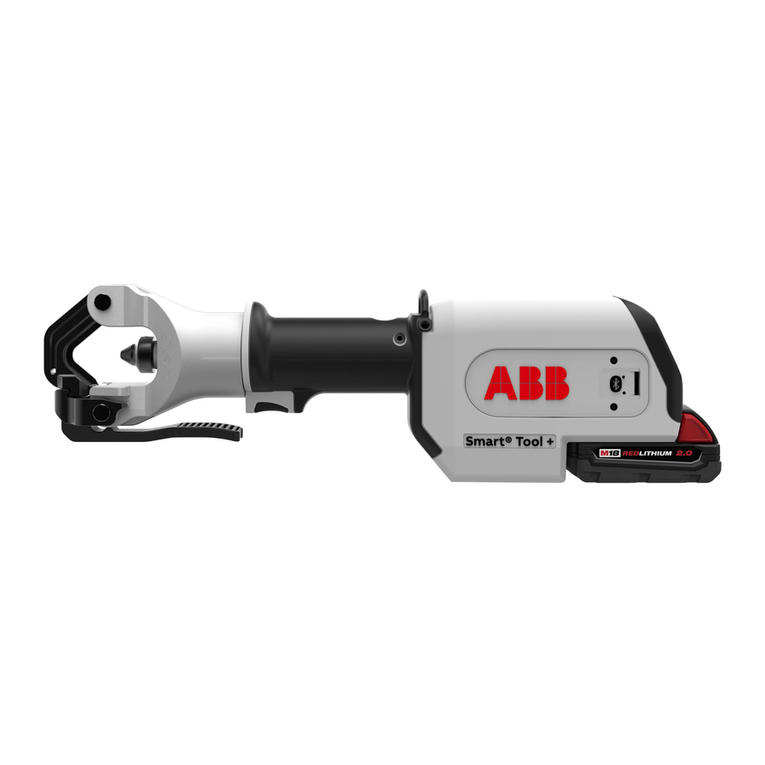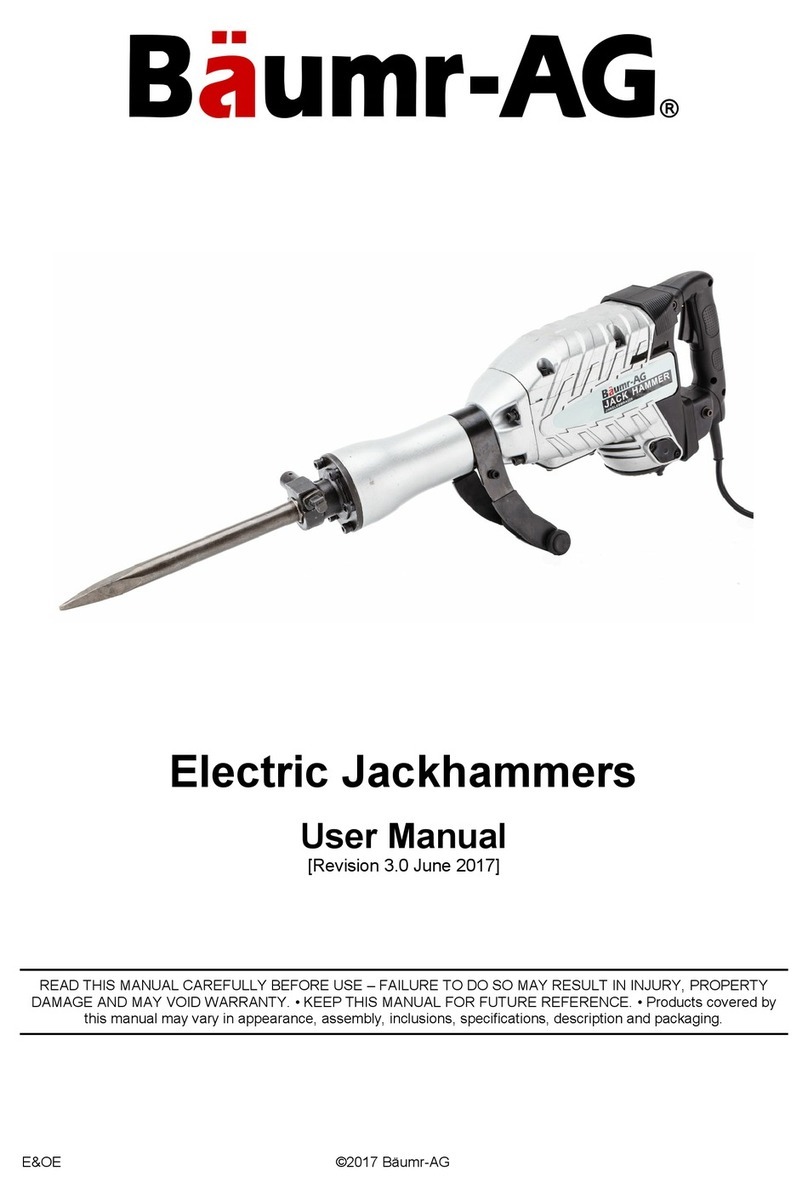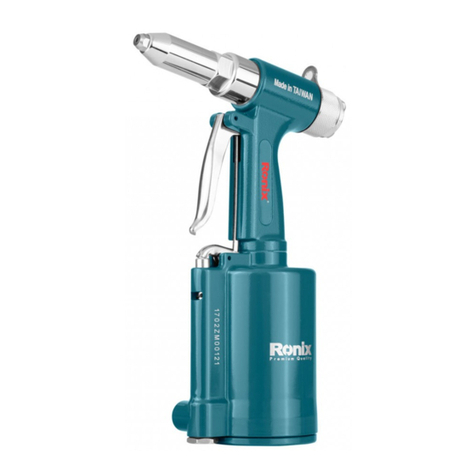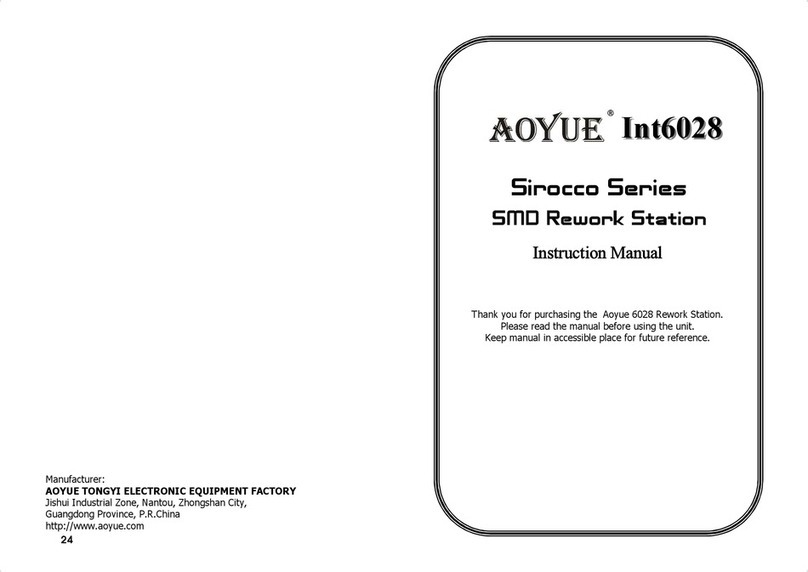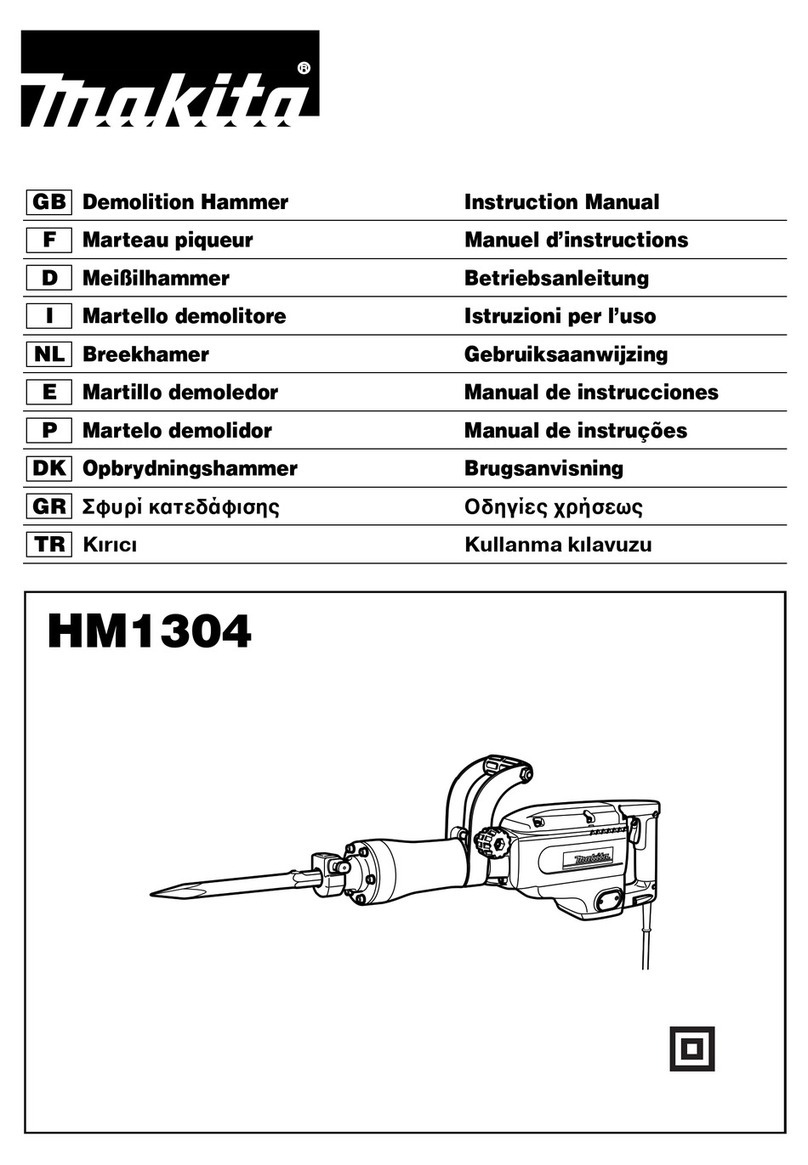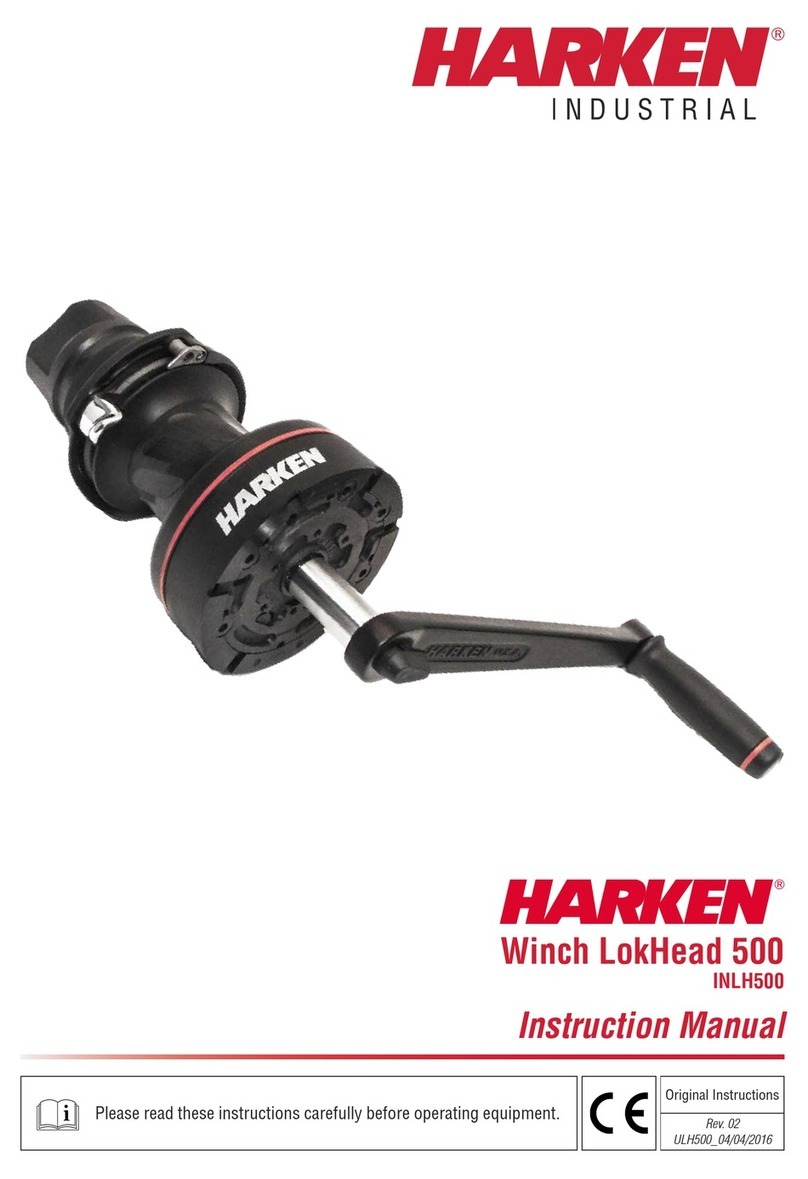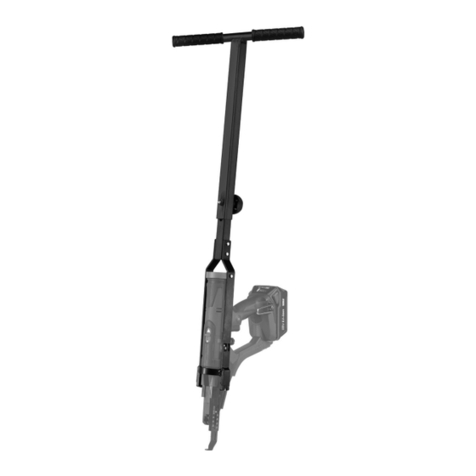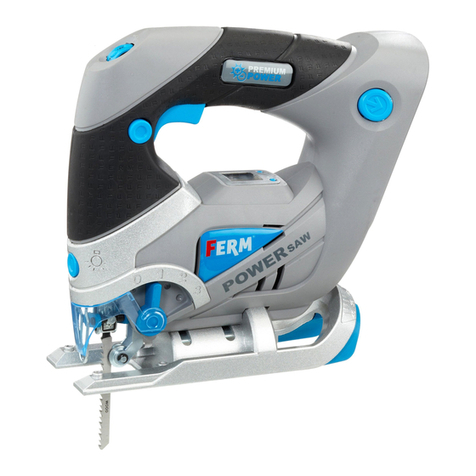
5
OPERATING INSTRUCTIONS
CLECOMATIC MODELS
Tools equipped with the CLECOMATIC clutch are designed to tighten
the fastener to a predetermined torque and shut off automatically.
Releasing the throttle lever will allow the tool to reset for the next cycle.
CLUTCH ADJUSTMENT
Shut off air supply to the tool and rotate the adjustment cover, No.
202829, 180°to uncover the adjustment slot in the clutch housing.
Rotate the spindle until the hole in the adjustment nut is visible in the
slot. Use a 1/8" diameter pin to hold the nut. Use a suitable tool to turn
the spindle in a counterclockwise direction to increase torque or
clockwise to decrease torque. Return the adjustment cover to its closed
position after every adjustment.
If the clutch is adjusted over the maximum power output of the tool, the
clutch will not function and the tool will operate like a stall-type tool. Also,
if the tool is being operated at its upper torque limits, a drop in air
pressure could cause the clutch not to function due to a loss of motor
power and the tool will function like a stall-type tool. If tool stalls operator
must resist stall torque until he releases throttle.
Operational check: Grip tool securely and be prepared to counteract
stall torque in case clutch is improperly adjusted. THIS IS A HIGH
TORQUE TOOL.
FLOW VALVE
The flow valve No. 203036, can be adjusted with a screwdriver
clockwise to lower the RPM and counterclockwise to raise the RPM of
the tool.
THROTTLE POSITION
The throttle lever may be repositioned to accomodate proper location
for task and to avoid hand entrapment. Repositioning of the angle head
is done by adding or removing head positioning shims. Retighten head
with proper wrench.
AIR SUPPLY
The tool is designed to operate at 90 psig (6.2 bar) air pressure. The air
pressure should be checked at the tool's air inlet while the tool is
running.
For maximum performance, use a 5/16" I.D. air hose up to 8' in length.
If additional length is required, a 3/8" I.D. or larger hose should be
connected to the 5/16" I.D. hose.
SERVICE INSTRUCTIONS
LUBRICATION
An automatic in-line filter- regulator- lubricator is recommended as it
increases tool life and keeps the tool in sustained operation. The in-line
lubricator should be regularly checked and filled with a good grade of
10W machine oil. Proper adjustment of the in-line lubricator is per-
formed by placing a sheet of paper next to the exhaust ports and holding
the throttle open approximately 30 seconds. The lubricator is properly
set when a light stain of oil collects on the paper. Excessive amounts of
oil should be avoided.
Application of the tool should govern how frequently it is greased. It is
recommended that the idler gears and right angle gears receive a
generous amount of No. 2 Moly grease through the grease fittings after
40 hours of operation.
STORAGE
In the event that it becomes necessary to store the tool for an extended
period of time (overnight, weekend, etc.), it should receive a generous
amount of lubrication at that time and again when returned to service.
The tool should be stored in a clean and dry environment.
DISASSEMBLY —GENERAL (ALL MODELS)
Unscrew (left hand threads) and remove the angle head. Unscrew and
remove the second reduction gear train. Unscrew (left hand threads)
and remove the clutch housing and clutch. Unscrew and remove the
gear case assembly. On models equipped with a joint rate device,
unscrew and remove the joint rate device housing and device. The trip
rod should be removed at this time to prevent its being lost or misplaced.
The motor unit may now be removed from the backhead. See the
following paragraphs for complete disassembly instructions on the
various sub-assemblies.
"M" RIGHT ANGLE HEAD DISASSEMBLY
Using a suitable spanner wrench, unscrew (left hand threads) the
bearing cap No. 864396. Remove the spindle, ball bearing No. 842517,
and driven gear by clamping the spindle in a vise and driving the right
angle housing No. 869048, away from the spindle using a soft-faced
mallet. The ball bearing can now be removed by pressing the larger end
of the spindle through the bearing I.D. Press the smaller end of the
spindle through the gear to remove the driven gear. The pinion bearing
retainer No. 863564, may be removed by utilizing a 5/8" hex engage the
hex in the bearing retainer and unscrew the retainer using the deep
socket.
15°& 30°ANGLE HEAD DISASSEMBLY
Clamp the hex drive of the pinion gear in a vise and drive the angle head
off (use a soft-faced mallet). Remove the two (2) hex nuts No. 833785,
and unscrew the two (2) bearing post screws No. 847027. Unscrewing
the four (4) base plate screws will allow the base plate No. 869207, and
related components to be removed from the angle head. Note: When
removing the base plate, care should be exercised to avoid the loss of
the fifty-six (56) steel balls No. 842980, located in the two (2) ball races
No. 864264. The angle head can now be broken down into its basic
components for inspection and replacement of parts.
CLUTCH DISASSEMBLY
Unscrew the adjustment nut No. 202755. This will allow the adjustment
plate No. 202754, thrust bearing No. 847596, thrust race No. 202753,
torque spring, release spring No. 202752, release sleeve No. 203271,
two (2) steel balls No. 842161, ball retainer No. 203272, and five (5)
steel balls No. 844077, to be removed from the clutch spindle assembly.
Wash the spindle assembly in a solvent and rotate the cam No. 203270,
to remove as much grease as possible. Remove the retainer ring No.
202749, ball plug No. 202748, and twelve (12) steel balls No. 842161,
from the cam. This will allow the trip plunger No. 202745, reset spring
No. 202763, and pin No. 843231, to ;be removed from the rear of the
clutch spindle No. 203162.
GEAR CASE DISASSEMBLY
Single Reduction —204, 304, 404 Gear Trains
The spider should be pressed out the rear of the gear case No. 867871.
Remove the retainer ring No. 844364, and press the bearing No.
847147, out the front of the gear case.
If replacement of the idler gear pins is necessary, they should be
pressed out the rear of the spider. See Fig. 1 for replacement pin height.
Fig. 1 —Single Reduction Spider
CAUTION!
.240
.255
Front Rear

